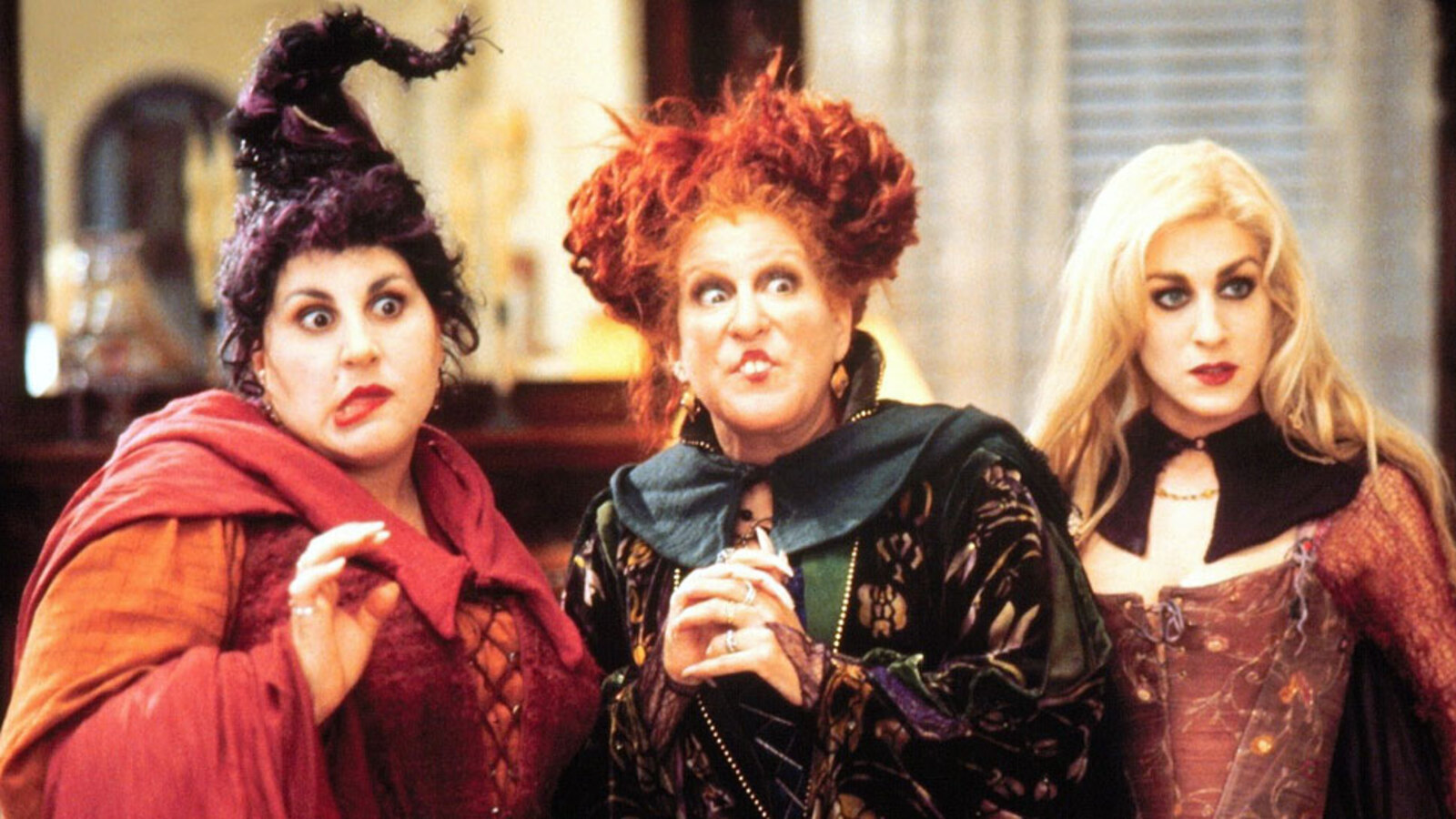Copyright Essence

On May 15, 2025, Nottoway Plantation, one of the largest antebellum mansions in Louisiana, caught fire. The event immediately sparked an intense discussion on social media about race, slavery, and how we remember American history. While many white Americans mourned the loss of this grand historical estate, several African Americans expressed joyous relief. To us, Nottoway’s transformation in the 1980s – from a brutal site of enslavement to a luxury resort and wedding venue – represented the Southern plantation tourist industry’s tendency to whitewash our past. So, when Nottoway burned down, many African Americans took to social media with humorous memes to resurrect the history that was buried by the estate’s brand of antebellum nostalgia. Iconic figures associated with slavery, like Harriet Tubman, were photoshopped into the frame of a brightly burning Nottoway, as if they had caused the plantation’s demise as an act of revenge. A striking twist on these satirical memes featured the original Annabelle doll from the universe of the Conjuring movies. It was as if, in these memes, Annabelle herself had brought about the estate’s demise to serve a fiery justice long overdue. Annabelle first hit the big screen in The Conjuring (2013), which follows paranormal investigators Ed and Lorraine Warren, who are tasked to aid the Perron family who have been terrorized by the Annabelle doll. This terrifying doll does not speak, but she does write creepy notes, disappear and reappear without moving, and brutally attacks those who get in her way. Multiple spin-offs of the original film feature the doll’s cunning and stealth that is relished by fans: Annabelle (2014), Annabelle: Creation (2017), and Annabelle Comes Home (2019). Her latest film, The Conjuring: Last Rites, released in October 2025 grossed $83 million in the U.S. box office, making it the “third-best Hollywood horror opening of all time.” Scores of Americans sat back to view the final installation of the Conjuring franchise, scooping hot, buttery pearls of delight from their limited-edition Annabelle popcorn bucket without ever knowing that Annabelle, their beloved icon, is steeped in Black history. In May, fans from across the country clamored for a chance to view the spooky doll in person on her Devil’s on the Run Tour, often selling out the limited tickets “within seconds.” On May 13 and 14, she was on display in New Orleans. The very next day, Nottoway Plantation burned to the ground, prompting the joke that Annabelle herself had caused the destruction of the estate. Several dismissed the Annabelle-Nottoway meme as a wild, albeit entertaining conspiracy theory; her presence in the area was rendered a mere coincidence. But beneath this viral joke among African Americans lurks a hidden history of slavery, voodoo, and rebellion. The Annabelle doll character is based on the Raggedy Ann doll, created by Johnny Gruelle in 1915. Cultural historian Robin Bernstein observes that Gruelle styled the doll’s appearance — big, bulging eyes, geometric nose, wooly hair, bright red lips — after blackface characters such as Topsy from Uncle Tom’s Cabin, “Golliwog” dolls created by Florence Kate Upton, and the scarecrow from The Wizard of Oz, who was often played in blackface during stage performances. Gruelle also wrote children’s books and designed other dolls to expand Raggedy Ann’s lore, which is filled with nostalgia for slavery. Consider Belindy, a Black character Gruelle created to be a slave mammy to Raggedy Ann. As a Black Mammy doll, Belindy was quite popular in the 1920s. And when Belindy’s slave trappings were no longer “fashionable” in the 1950s, African American studies scholar Kimberly Wallace-Sanders notes that Belindy was recast as a “Black” version of Raggedy Ann. Although Belindy and Raggedy Ann are distinct, Bernstein has pointed out that they are as inseparable as the popular topsy-turvy dolls of the dime period, which featured a white doll in a petticoat. When the reversible dress was flipped up, a Black Mammy doll was revealed. Annabelle, Raggedy Ann, and the topsy-turvy dolls all invoke our enslaved ancestors. Flip the iconic Annabelle over, and beneath the white doll’s seemingly innocuous skirts, you will find the Negro Mammy of plantations and her sacred Black spiritual traditions. Annabelle the movie character is part of a long-standing tradition of spooky dolls in Hollywood with origins in “black magic.” Since its inception, the film industry in America has reduced the sacred Black spiritual traditions of the enslaved to fodder for horror stories, portraying our magic as inherently chaotic, dangerous, and even evil. This is especially true of the spooky dolls like Chucky from the Child’s Play franchise, who is a serial killer turned into a children’s toy by way of Voodoo, a religious tradition that blends Yoruba, Congolese, and Catholic beliefs and practices. The Conjuring enterprise, too, borrows from the broader association of black magic with spooky dolls — rendering practices that are central to Black spiritual traditions like spirit possession and ritualistic connections with the dead as evil and relying on the trope of the “magical negro” to save the white folks from Annabelle’s devilry. (The latter is an especially prominent story in Annabelle Comes Home.) Although Voodoo is not explicitly referenced in The Conjuring enterprise, the ubiquitous “voodoo doll” upon which Annabelle and a host of evil dolls in Hollywood are based does point to something real. American “voodoo dolls” have their roots in the over 500-year-old sacred parcels of the Congolese in West and Central Africa, called minkisi. These amulets included: small wooden sculptures with herbs tucked into small openings; cloth-wrapped bundles of roots, animal parts (like claws, feathers, or horns), and human shedding (like fingernails or hair); and thick strings interwoven with beads and stones and bits of bone. Despite the range of appearance, minkisi shared similar functions: to heal, to comfort, to protect, and to avenge. Minkisi were believed to be alive, possessed by the spirits of the dead. Those spirits were awakened by several methods, from burying the packet in the ground, to tying macrame-like knots onto the parcels, to driving nails into the amulet—all to fulfill the requests of Congolese practitioners. Kidnapped West and Central Africans brought these magical amulets to the Caribbean and the Americas during the transatlantic slave trade. And on these foreign shores, these sacred parcels remained central to the spiritual traditions that Black people developed for over 400 years. In Haitian Vodou, they were pacquet Congo; in Louisiana Voodoo, they were gris-gris. And in the Black Belt and low-country South, they were mojos, spiritual amulets that Negro Mammies on plantations often made for the enslaved. Mojos were less like the comical “voodoo dolls” you see in Disney’s The Princess and the Frog, and more akin to the mojo bags made by women like Annie in Sinners. These women practiced conjure, a spiritual tradition that blended West African religions with Christianity in the deep and low-country South. The mojos that conjure that women made were used for protection, healing, and even resistance to slavery. Like conjure women, many of the enslaved improvised upon the minkisi of their ancestors, using whatever they had available to them to awaken the spirit, such as sticks and sewing needles or the infamous pins we see in Hollywood “voodoo dolls.” Formerly enslaved Clara Walker reports in her Federal Writers’ Project interview that she knew a conjurer who “didn’t like his master, ‘cause he was so mean.” So that conjurer “ma[de] a little man out of mud. An’ he stick thorns in its back. Sure ‘nuff, his master got down with a misery in his back.” Incidents like this caused slave owners to link conjure with rebellion against slavery. Our history is replete with these stories: Frederick Douglass was carrying a mojo on him when he fought back against his enslavers; Harriet Tubman was known for her extensive knowledge of roots and magical visions; And the Haitian Revolution (1791-1804), the most successful revolution against slavery in the 19th century, was ignited by a Vodou ceremony. To the slaveholders, this made Voodoo evil. In their minds, Voodoo opened the gate to chaos and lawlessness, because Voodoo led the enslaved to upset the system that largely benefitted planters. African American and English Studies scholar Kameelah Martin points out that these beliefs were reinforced at the turn of the 20th century, when the United States occupied Haiti (1915-1934). During the US military occupation, American soldiers, travelers, and journalists in Haiti sent home racist stories of witch doctors drinking the blood of babies, turning innocent folks into zombies, and cursing the unsuspecting with “voodoo dolls.” These stories served as the broader American public’s introduction to Voodoo. These stories also spawned the racist tropes that the nascent Hollywood industry would absorb in the 1930s: “African” cannibalism, terrifying zombies, and evil “voodoo dolls.” These tropes would dominate the American horror genre, from early films like White Zombie (1932) to popular TV shows today, like The Walking Dead (2010), to the terrifying dolls we love to fear like Chucky and Annabelle. This summer, Annabelle-Nottoway memes brought all of these political tensions to the fore. Across TikTok, Facebook, and Instagram, African Americans used the Annabelle doll to voice their disgruntlement with the southern plantation tourist industry in jest. It’s as if, in the eyes of many Black Americans, Annabelle acts as a mojo, in touch with the spirits of the dead (our enslaved ancestors), bringing about the destruction of this horrific relic of slavery. And considering the history of Voodoo-inspired slave revolts in Louisiana, a state that became synonymous with Voodoo in the 19th century, it makes even more sense that African Americans reclaimed Annabelle when Nottoway Plantation burned down. Although Voodoo had been present in Louisiana since the early 18th century, the influx of Haitian immigrants after the Haitian Revolution (1809), strengthened the practice in the region. And just a few years after the Haitians came, the largest slave revolt in United States history took place: the 1811 Slave Revolt just outside of New Orleans, led by Haitian Charles Deslondes. Annabelle’s journey from a racist relic of the antebellum era to a million-dollar movie star to a figure of Black liberation distills vital lessons about American history at a time when Black history is under attack by those in the highest office of the land. The fear of Black spirituality, wielded as a tool of rebellion, extends beyond the big screen. Whether social media bloggers and influencers who spread the Annabelle-Nottoway meme knew it or not, they were tapping into the very real legacy of Voodoo and slave rebellions in the United States. A legacy is readily used by politicians to signal the “dangers” of Black political leadership. Consider the invocation of the baseless claim that Haitian immigrants were “eating cats and dogs” in supposed Voodoo ceremonies during his 2024 debate with the first Black and South Asian presidential candidate, Kamala Harris; or the subsequent claim by the current administration’s supporters that Harris’ political success was due to “witchcraft.” As much as Americans seek to avoid race and forget the past, our steady consumption of horror films that vilify our spiritual traditions suggests that our country’s troubled history haunts us. Our conjure drives the cinematic imagination of Americans like the hags who ride our backs during our darkest nightmares. And if you only scratch beneath the surface of these horror films, you will see what Americans are so afraid of: Black autonomy. (As I write this piece, these fears are currently fueling the calls for the military occupation of Black majority cities like Chicago, New Orleans, and my own home city, Memphis.) The power of the Annabelle-Nottoway meme is the Black history it recalls, a history of empowerment in the face of centuries-long racialized oppression. The Black spiritual traditions that Hollywood demonizes played a crucial role in our empowerment. For over 400 years, conjure has helped us repurpose whatever we were given for our protection, our resistance, and ultimately, our liberation: meager scraps of cloth and food from our slave masters, the bounty of the forest, popular stories and songs from a culture that sought to exclude us. And with the Annabelle-Nottoway meme, African Americans repurposed Annabelle, a Hollywood trope of demonic Voodoo dolls, as a magical participant in Black liberation. To stage Annabelle as a mojo on Nottoway is to challenge our national memory that tries to suppress the horrors of slavery, transforming the plantation from a site of nostalgia and by-gone luxury to a place of terror that we managed to survive with both dignity and grace. In this way, the Annabelle-Nottoway meme reminds us that even as some attempt to erase Black history, it can never truly be forgotten — it lives on in the most unexpected places, even the infamous Annabelle doll.



